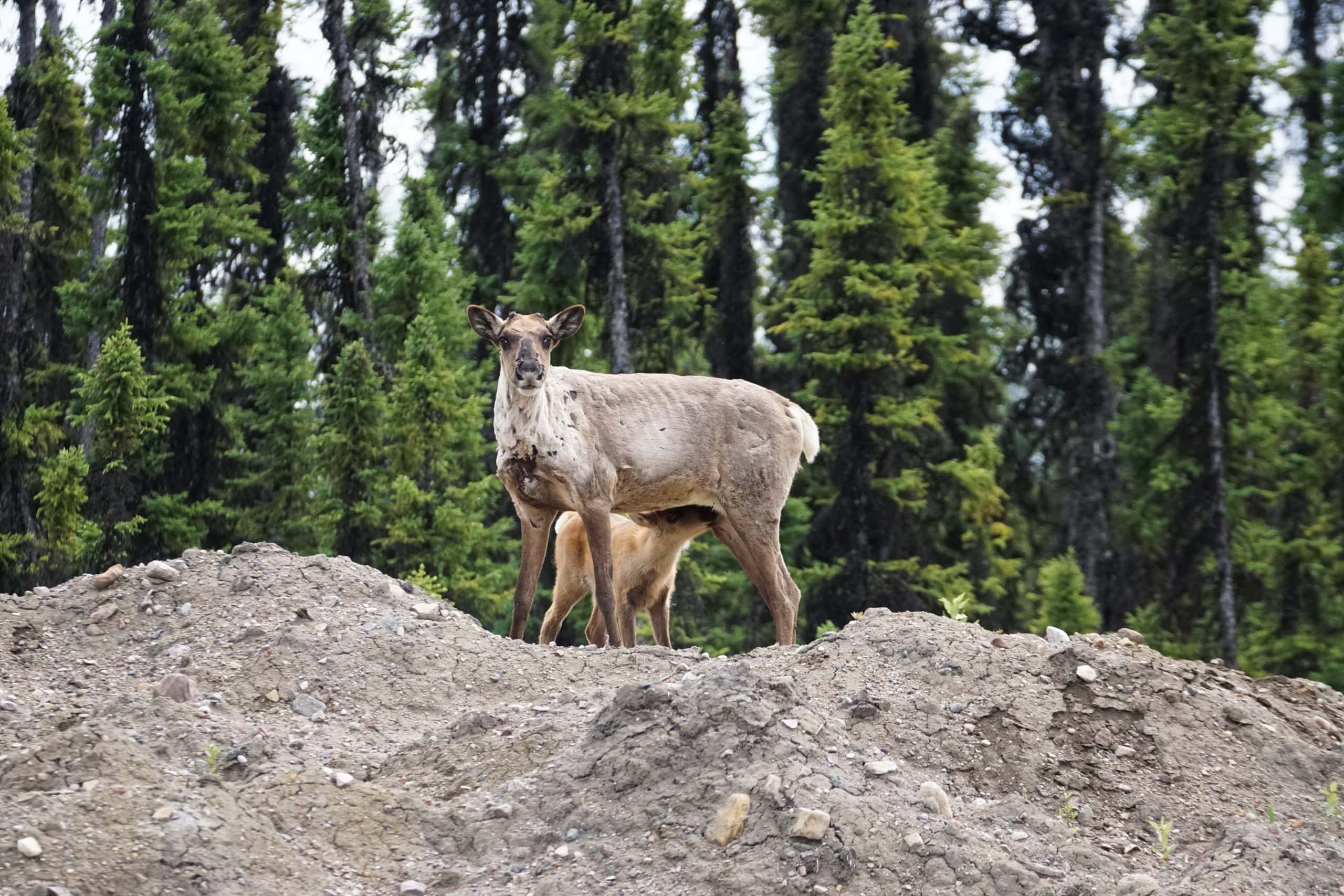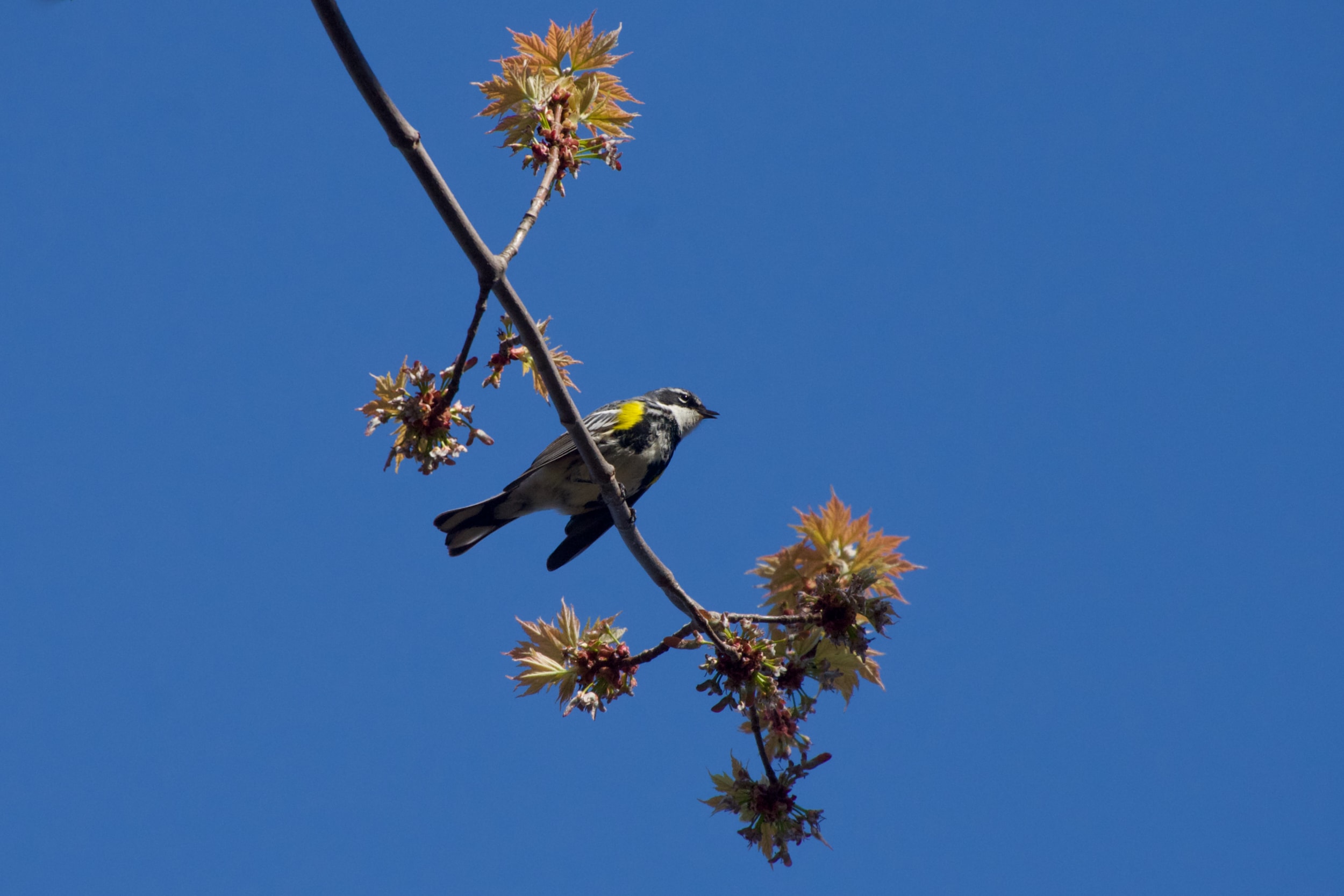Beyond Conservation:
Building Relationships for Collaboration – Part 2
On this page:
Planning, Meetings, and Community Engagement
As you prepare to meet and engage with potential First Nations, Inuit, or Métis partners and their communities, remain flexible and adopt methods and practices that are culturally sensitive, appropriate, and participatory.
Tools and resources
Tips about meetings and workshops
Your project will include numerous meetings. The following suggestions apply to both small partner meetings and big community meetings or workshops. Other tips can be found in the resources listed above.
Photo by Ryan Dickie
Ongoing communicating, sharing, and learning
As your partnership progresses, it is worthwhile to stop and take stock. This does not need to be a formal process. You might schedule times throughout the project for partners to discuss lessons learned, review how the relationship is working, and take steps to make it more effective. Are things happening as you expected? Are you achieving your goals? Are all partners happy with how things are unfolding?
Communicating about your project with partners, organizations, governments, and community members is often overlooked, but it is a crucial part of your project cycle. Communicating can be as simple as sharing notes after a meeting with all attendees or could involve creating posters or newsletters to share high-level information about progress or outcomes. Sharing information in an ongoing way is a fundamental part of building trust and accountability.
Knowledge mobilization is a specific form of communication; it is getting information into the right people’s hands in order to have an impact or change something. For example, maybe the local or regional decision-makers require a summary of a plan in order to approve it so the work can move forward. Or perhaps a media release will help people make different choices. Regardless, you need to identify who the audience is, what change or decision you are hoping for, and how (message and channel) you will reach this audience.
Tools and Resources
Tips for building equity and reconciliation into partnerships
References and other useful resources
Akwesasne Task Force on the Environment. (1996). Protocol for Review of Environmental and Scientific Research Proposals. https://nnigovernance.arizona.edu/protocol-review-environmental-and-scientific-research-proposals
Australian Government Department of Environment and Energy. (2019). Partnering with Indigenous Organisations. Commonwealth of Australia. https://www.environment.gov.au/system/files/resources/1d5f8a1e-0eb8-408f-a90b-fbedf532e12d/files/partnering-indigenous-organisations-guide.pdf
Barnaby Consulting Ltd. and Thorpe Consulting Ltd. (2020). A Review of Traditional Knowledge Frameworks for Bilateral Water Agreement Decision Making. https://www.enr.gov.nt.ca/sites/enr/files/resources/review_of_tk_frameworks_for_bwma_decision_making_barnaby_consulting_march_2020.pdf
Benson, K., & Winbourne, J. (2015). Literature Review and Interviews: Indigenous Ways of Knowing Boreal Caribou Populations. Sahtú Renewable Resources Board. https://www.srrb.nt.ca/docman/public/projects-and-programs/1745-boreal-caribou-tk-monitoring-report-final/file
Carter, N., Höfer, J., Mańko, M., Mayers, K., Rasouli, K., Rosenbaum, P., & Van Wyk de Vries, M. (n.d.). Guide for Fruitful Collaborations. Retrieved September 16, 2022, from https://www.apecs.is/images/Articles/Files/Guide_for_collaborations.pdf
Davidson-Hunt, I. J., & O’Flaherty, R. M. (2007). Researchers, Indigenous Peoples, and Place-Based Learning Communities. Society & Natural Resources, 20(4), 291–305. https://doi.org/10.1080/08941920601161312
Fletcher, C. (2003). Community-Based Participatory Research in Northern Canadian Aboriginal Communities: An Overview of Context and Process. Pimatziwin: A Journal of Aboriginal and Indigenous Community Health. https://www.researchgate.net/publication/235413323_Community-Based_Participatory_Research_in_Northern_Canadian_Aboriginal_Communities_An_Overview_of_Context_and_Process
Heritage Canada. (2017, September 11). Indigenous peoples and cultures. https://www.canada.ca/en/services/culture/canadian-identity-society/indigenous-peoples-cultures.html
Herman, R. D. K. (2018). Approaching Research in Indigenous Settings: Nine Guidelines. In K. Gentelet, S. Basile, & N. Gros-Louis McHugh (Eds.), Toolbox of Research Principles in an Aboriginal Context. https://www.researchgate.net/publication/328913289_Approaching_Research_in_Indigenous_Settings_Nine_Guidelines
Indigenous Circle of Experts. (2018). We rise together: Achieving pathway to Canada target 1 through the creation of Indigenous protected and conserved areas in the spirit and practice of reconciliation : the Indigenous Circle of Experts’ report and recommendations. Parks Canada. https://www.deslibris.ca/ID/10096675
Johnson, N., Behe, C., Danielsen, F., Kruümmel, E.-M., Nickels, S., & Pulsifer, P. L. (2016). Community-Based Monitoring and Indigenous Knowledge in a Changing Arctic: A Review for the Sustaining Arctic Observing Networks. Final Report to Sustaining Arctic Observing Networks. https://www.inuitcircumpolar.com/wp-content/uploads/2019/01/cbm_report_final.pdf
Kania, J., Williams, J., Schmitz, P., Brady, S., Kramer, M., & Splansky Juster, J. (2021). Centering Equity in Collective Impact. Stanford Social Innovation Review, 20(I). https://doi.org/10.48558/RN5M-CA77
Prince Albert Model Forest. (2018). Grassroots Stewardship: A Best Practices Guidebook for Community-Based Ecological Conservation and Land Use Planning In Northern Saskatchewan. https://pamodelforest.ca/wp-content/uploads/2018/10/Grassroots-Stewardship-1.10.18.pdf
Raygorodetsky, G., & Chetkiewicz, C. (2017). Watching, listening, and learning to understand change: Developing a community-based monitoring (CBM) initiative in Ontario’s far north. Wildlife Conservation Society Canada. https://www.wcscanada.org/Portals/96/Documents/WCSCanada_CommunityBasedMonitoring_2017%20(1).pdf?ver=2018-02-21-090420-447
Reed, M. G., Robson, J. P., Lindgren, A., Friedrichsen, P., Brock, T., Davidson-Hunt, I., Lichtenstein, G., Shackleton, S., Vasseur, L., & Worthen, H. (2020). Foundational Principles for Intercultural and International Research with Indigenous and Rural Peoples: Connecting Principles to Knowledge Mobilization. University of Saskatchewan. https://research-groups.usask.ca/unesco-biocultural/publications1.php
Tamarack Institute. (2020). Spectrum of Community-Led Approaches to Change. Tamarack Institute. https://www.tamarackcommunity.ca/hubfs/Resources/Tools/TOOL%20%7C%20Community-Led%20Spectrum.pdf?hsCtaTracking=1cd04acc-1890-4e31-880f-defaa011d50b%7Cdd9ddbb8-094a-484b-a3d8-eb58d6ab14f9
Tondu, J. M. E., Balasubramaniam, A. M., Chavarie, L., Gantner, N., Knopp, J. A., Provencher, J. F., Wong, P. B. Y., & D., S. (2014). Working with Northern Communities to Build Collaborative Research Partnerships: Perspectives from Early Career Researchers. ARCTIC, 67(3). https://doi.org/10.14430/arctic4416
Tobias, J. K., Richmond, C. A. M., & Luginaah, I. (n.d.). Community-Based Participatory Research (CBPR) with Indigenous Communities: Producing Respectful and Reciprocal Research. Journal of Empirical Research on Human Research Ethics, 8(2). http://dx.doi.org/10.1525/jer.2013.8.2.129
Truth and Reconciliation Commission of Canada. (2015). Honouring the truth, reconciling for the future: Summary of the final report of the Truth and Reconciliation Commission of Canada. Truth and Reconciliation Commission of Canada. https://ehprnh2mwo3.exactdn.com/wp-content/uploads/2021/01/Executive_Summary_English_Web.pdf
Whyte, K. P., Reo, N. J., McGregor, D., Smith, M. A. (Peggy), Jenkins, J. F., & Rubio, K. A. (2017). Seven Indigenous principles for successful cooperation in Great Lakes conservation initiatives. In E. Freedman & M. Neuzil (Eds.), Biodiversity, Conservation, and Environmental Management in the Great Lakes Basin (1st ed.). Routledge. https://doi.org/10.4324/9781315268774
Wilson, N. J., Mutter, E., Inkster, J., & Satterfield, T. (2018). Community-Based Monitoring as the practice of Indigenous governance: A case study of Indigenous-led water quality monitoring in the Yukon River Basin. Journal of Environmental Management, 210, 290–298. https://doi.org/10.1016/j.jenvman.2018.01.020
Wong, C., Ballegooyen, K., Ignace, L., Johnson, M. J. (Gùdia), & Swanson, H. (2020). Towards reconciliation: 10 Calls to Action to natural scientists working in Canada. FACETS, 5(1), 769–783. https://doi.org/10.1139/facets-2020-0005









